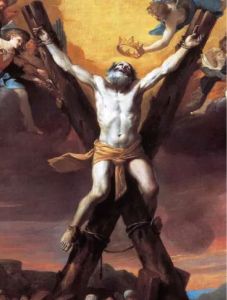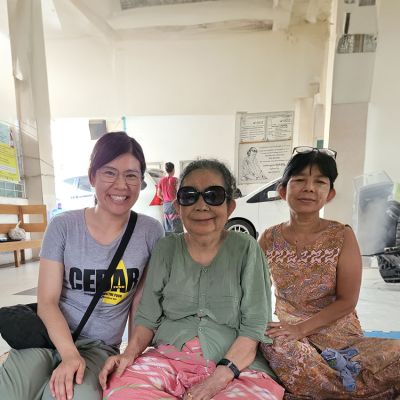Written by Fountain Chik (Theology Development Officer)
Scriptures reading:
Have you ever wondered what it would be like if Jesus Himself were to pose the question, ‘What do you want?’ If it were me, I would probably feel flattered and fumble for an immediate answer – I want a transformation in my life. Yet, I often find myself shrouded in the mist and do not know the next step to take from the beginning. I suppose the two followers who Jesus asked the same question might have felt the same way.
John 1 describes the first day of Jesus’s public ministry. When He asked, ‘What do you want?’ The word ‘want’ in the original Hebrew means ‘to seek’, representing a profound enquiry meaning within Jewish culture. The two followers answered: ‘Rabbi, where are you staying?’ Jesus responded: ‘Come, and you will see.’ The Bible does not explicitly state what Jesus intended for them to see. Yet, they met by the Jordan River, far from Jesus’s homeland. For this reason, scholars speculate that Jesus stayed in temporary lodging. In any case, this invitation to ‘come and see’ marked the starting point of transformation.
What is worth noting is that the Gospel of John records four instances of ‘come and see’ (John 1:39; 1:46; 4:29; 11:34), each leading to the same outcome, although they involve different individuals and circumstances: people came to Jesus, stayed with Him, observed His actions and professed their belief in Him. The repetition of these key phrases is a writing style of John, the author, in a way that characters and even the readers of the Bible were being invited with the same call: ‘come and see’.
Let’s return to the two individuals invited by Jesus to ‘come and see’. It is only known that one of them was Andrew (John 1:40), who stayed with Jesus that day. Andrew is mentioned again in the Gospel of John. He witnessed how Jesus compassionately fed a hungry crowd of five thousand (John 6:8-13). He is last mentioned when he conveyed a message from some Greeks who desired to see Jesus (John 12:20-22). This is how I interpret it: Andrew repeatedly stayed by Jesus’ side, observing His actions. Over time, he underwent a transformation. According to accounts in church history, Andrew ventured far and wide, even to present-day Turkey and Ukraine, for missionary work. It is said that Andrew was martyred by being crucified on an X-shaped cross.
‘What do you want?’ While I would not strive for the ability to express my core needs precisely, but I yearn to respond to John’s invitation, ‘come and see’, and look at the actions of the Lord today over and over again: how He feeds the hungry through the Church, how He cares about the circumstances of other nations. Through such observation, the transformation takes place.

ARTICLES OF THIS ISSUE
Gloria Cheung (Senior Communications Officer) CEDAR Fund’s new Chief Executive, Dr. Fung Wan Yi (Winnie), comes across…
Written by Fountain Chik (Theology Development Officer) Scriptures reading: John 1:38-40 38Turning around, Jesus saw t…
Written by Gloria Cheung (Senior Communications Officer) Contact with life has the most transformative power to change…





